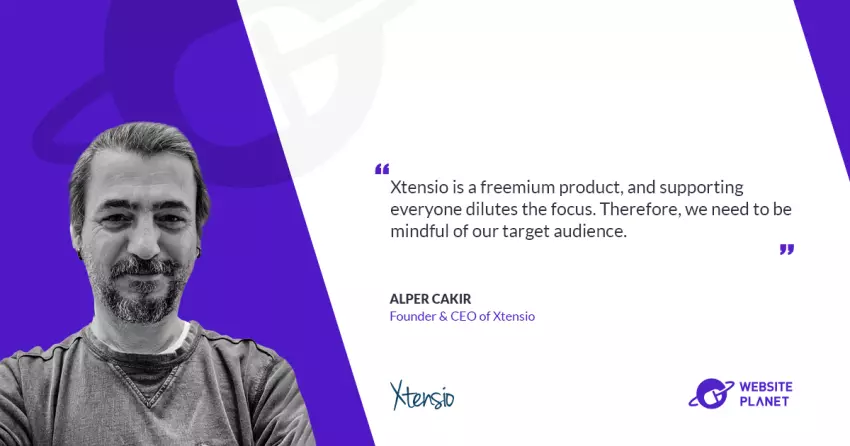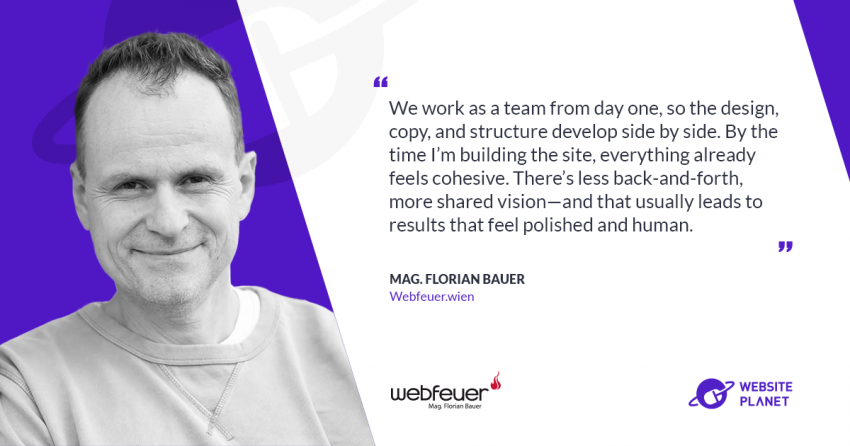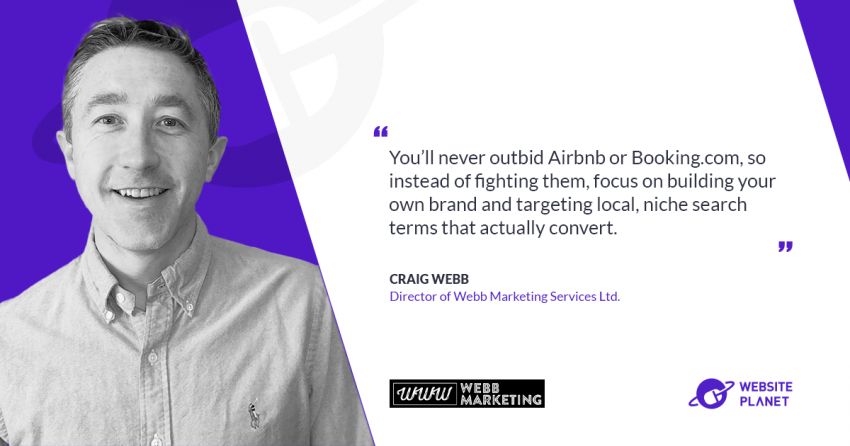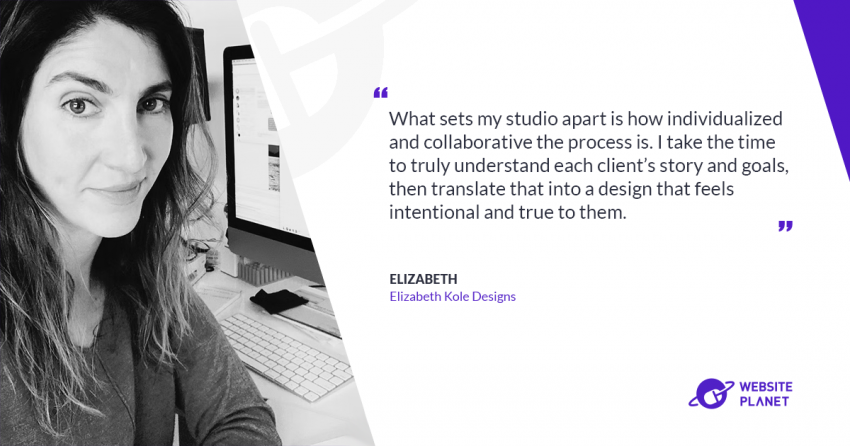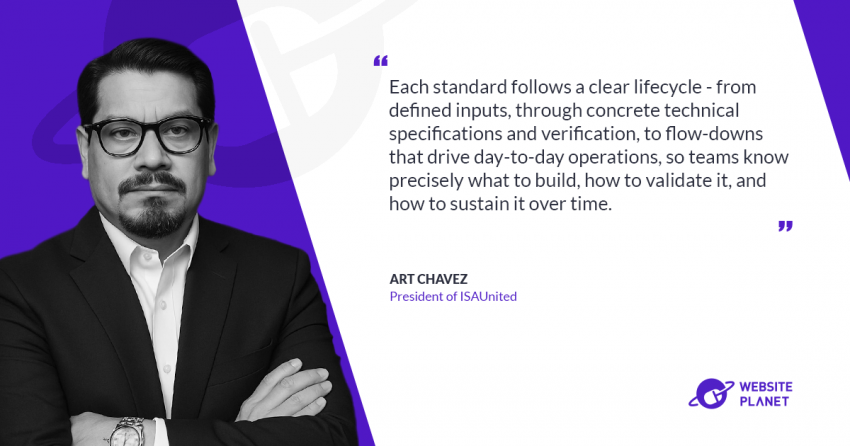It doesn’t matter if you work in a big enterprise, small agency or even if you are a freelancer: editing and creating files can be a complete headache if you use the wrong platform and have to work with other professionals that are also editing, creating and progressing on their own.
How to solve all that? One option in the market is Xtensio, that markets itself as a new and better way for teams to create, manage and share beautiful living documents.Check out this Website Planet interview with Alper Cakir, CEO and Founder of Xtensio to know more about the tool and if it fits your necessities.
Please present Xtensio to our audience.
Xtensio started from our UX design agency in Los Angeles six years ago, which was catering mainly to startups and companies aspiring to be more like startups. However, after encountering many issues and problems in how we worked with these companies, we started a side project called Xtensio, which has now evolved into a robust strategy and communications platform.
Xtensio allows people to create living documents that they can work on together and share as folios, which is a new, more flexible format for creating any internal, external, or strategic documents. People use Xtensio to brainstorm together, communicate ideas, and easily present them.
What are the unsurpassable limitations in traditional tools that made you find your solution?
In both internal companies and agencies, workflows typically begin with someone having an idea that becomes more complex over time. For instance, if someone needs a landing page, they would start communicating with their team via email. This idea would then go into a static text format, usually a Google Doc or a Word document, where people collaborate on it. While collaboration is possible, it is not very visual, and there is a lot of back and forth when updates are needed. There is also confusion about which version is the latest, and how to access the document. Xtensio was built to avoid all these issues.
It allows people to start laying out ideas on a page, without necessarily needing a designer. People can create mood boards, links, videos, and more. Xtensio stores the brand’s style guide and has an image library, so it brands creations from the beginning. As people start making changes and shaping the copy together, the folio format becomes more dynamic, enabling the articulation of thoughts.
Once the document is ready, it can be exported as a PDF or other formats, and sent over a link. Xtensio also gives users a responsive, nice-looking page that can be accessed on any device. People can embed the file on a website too.
What were the biggest challenges for Xtensio since you had the idea for the product?
Xtensio’s challenges have been constantly changing. At an early stage, the challenge was getting feedback and engagement when trying to go to market. As more people started using it, prioritization became a big concern. We merge the best parts of presentation software, web builders, and document management software. We have to determine the target audience that mostly benefits from Xtensio and from which
Xtensio also benefits the most. Xtensio is a freemium product, and supporting everyone dilutes the focus. Therefore, we need to be mindful of our target audience.
You have more than 100,000 users. In which industry is that solution mostly used?
Xtensio is very horizontal, so it is not industry-specific. It is used for various purposes, but the main areas where Xtensio is useful are sales, marketing, HR, product management, operations, and executive tasks.
What are Xtensio’s plans for the next couple of years?
Xtensio’s focus is on building the best user experience by not only building new features but also removing unnecessary ones. This year, our goal is simplification. We plan to simplify onboarding, documentation, and other features. We want to create the best and purest experience for the user.
Xtensio is also keeping a close eye on the rapid developments in AI. We recognize the dangers that come with AI and are choosing to be mindful of them instead of contributing to the echo chamber.
